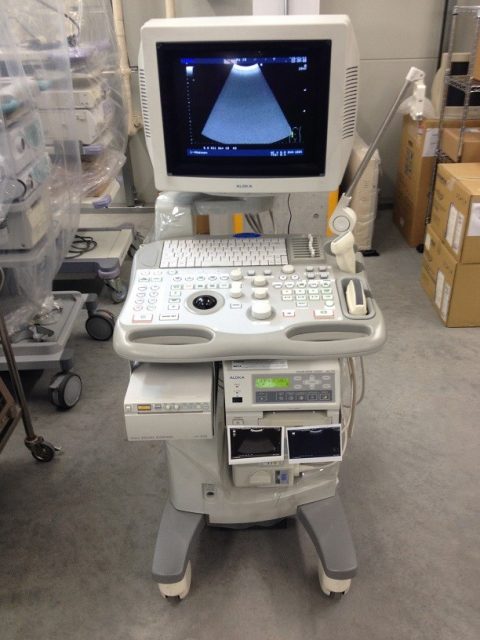Journal Club Summary
Reference: Holmes JF, et al. JAMA. 2017 Jun 13;317(22):2290-2296
Editorial: Abdominal Ultrasound for Pediatric Blunt Trauma: FAST Is Not Always Better.
Reference: Kessler DO. JAMA. 2017 Jun 13;317(22):2283-2285.
Methodology Score: 4/5
Usefulness Score: 3.5/5
Question and Methods: Single center, unblinded, RCT assessed the use of FAST examination in the evaluation of stable blunt torso trauma in the pediatric population.
Findings: The use of FAST exam did not significantly improve rates of any co-primary outcomes.
Limitations: The low sensitivity of the FAST exam (33%) may have affected physician comfort with acting on a negative scan.
Interpretation: The authors concluded that this trial does not support the routine use of FAST in this pediatric population, except that consideration could be made to continue routine FAST applications to ensure maintenance of skills.
Epi lesson
These clinical trial terms have different meanings but are often confused. Concealment refers to the process whereby the treatment allocation is made unknown or concealed prior to patient randomization. This helps prevent selection bias by ensuring that health providers and research staff are not tempted to include or exclude cases according to their views on the allocated treatment. Blinding refers to the methods employed after randomization to ensure that patients, health care providers, and research staff cannot determine whether the patient is receiving the study or the control treatment.
By: Dr. Ian Stiell

